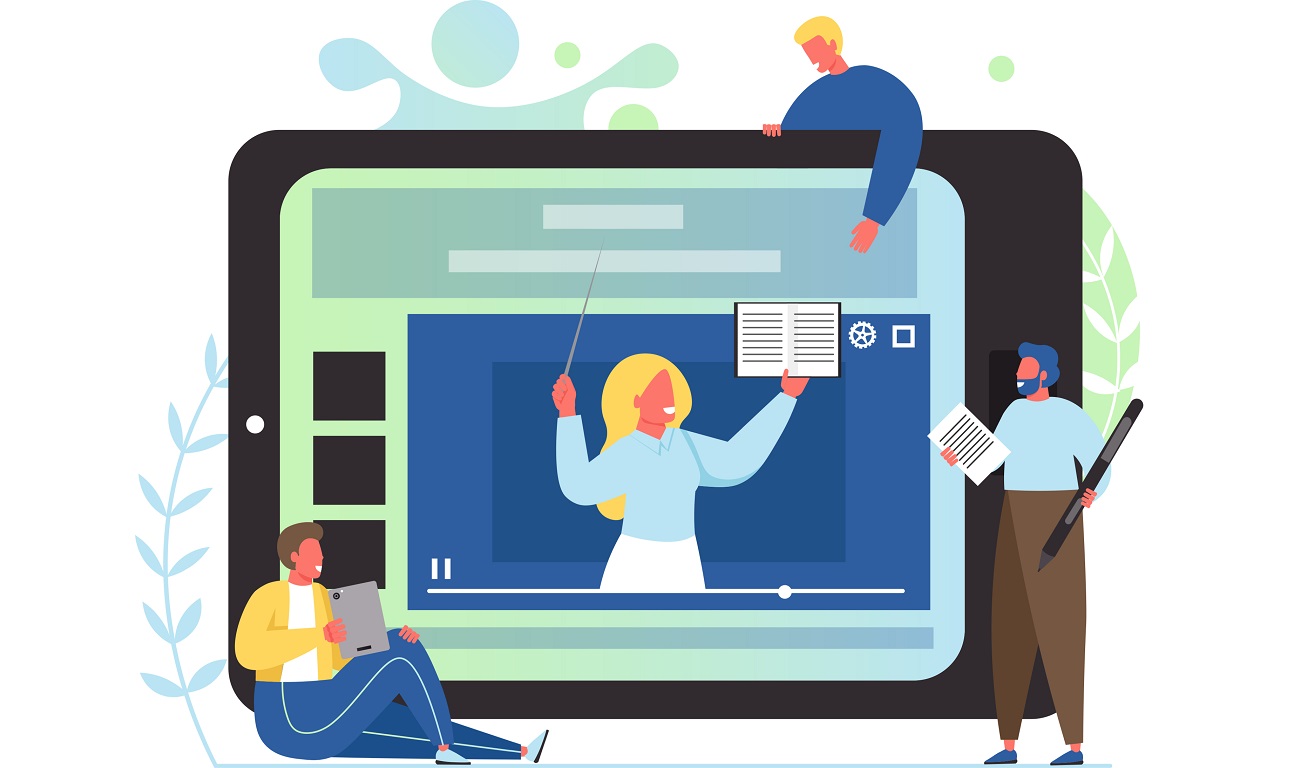
Juggling work and school is no small feat, and requires a careful plan to balance them effectively. It also requires time management, productivity optimization, and stress management. If you're interested in progressing your career, it may be worth working full-time while attending graduate school. It can save you money on large debts and allow you to continue your education. You can have peace of mind.
Flexibility
Flexibility and adaptability are key ingredients to successfully balancing work/school. Although you shouldn't expect to be able work as long as you go to graduate school, employers and graduate programs are often flexible and can accommodate your needs. Many programs offer online courses which make it easy to complete your work at your own pace. This makes it easier for working professionals to coordinate their education with their job.

Prioritizing
To balance work and graduate school, it is necessary to define boundaries. It is important to consider why you are in school and what you would like from your free time. Part-time or fewer courses may be a better option if you feel like working full-time is too hard. But be sure to check with your program director and advisor. The timing of your degree and your financial aid could be affected by how you adjust your credit hours.
Flexible schedules
Working full-time and attending graduate school can be a daunting task for anyone, but there are many options for working grad students who want to continue their education while working. Negotiating flexible work schedules with your supervisor can make this easier. Although some employers won't be open to the idea of flexible scheduling, others will.
Selecting a program
If you plan on going to graduate school while working full time, you need to find the program that suits you and your career goals. You can choose from traditional, online or hybrid graduate programs. Many colleges offer multiple programs in different areas. Some schools have a similar curriculum while others have more specialized programs. Talk to an admissions counselor to help you choose the right program for you.
Selecting a graduate school
Working professionals may find it difficult to choose a program at a graduate school. Although every student is unique, there are some things you should keep in mind. First, consider your future goals and priorities. You should also consider your career goals and choose a program that is beneficial to you. This is an important decision. You don't have it to make alone. Many professional organizations and alumni associations can provide you with useful insight on the best options. You can also subscribe to industry newsletters or talk with current students.

You should choose a program which offers a high quality education
Choose a program that has a strong reputation in your field when choosing a graduate program. Students in health care programs might want to check if there is an affiliation with a hospital. Others might want to see if the school has modern lab equipment. Professionals also seek out well-known institutions and organizations. Therefore, professionals should research the reputations of various programs and get in touch with alumni to learn about their experiences.
FAQ
What equipment is needed to do eLearning effectively?
You must ensure that everything is correctly set up on your computer before you begin an online program. Adobe Captivate and a webcam are two of the most important tools you will need.
You must also make sure that you have the correct software installed. This includes Microsoft Office (Word Excel PowerPoint), Adobe Acrobat Reader Flash Player Java Runtime Environment QuickTime 7 and Shockwave Flash 10.0.
Camtasia Studio from TechSmith is another screen capture tool you may want to consider. It allows to capture what is happening on the computer screen while you're working.
Last but not least, you may want to download a WebEx or GoToMeeting web conferencing software. These programs enable you to connect with others who are simultaneously watching the same presentation. They also let you share your desktop with others.
What is electronic learning?
E-learning offers an online learning platform for individuals, businesses, and institutions. It is a method to transmit information and instruct over electronic media like computers, mobile devices and other digital technology.
This type of learning uses technology to deliver information rather than physical materials.
E-learning does not have to be done in a traditional classroom setting. It can also be done at home, on the move, or anywhere else that has internet access.
What is your biggest challenge when it comes to online education?
Students must be engaged throughout the course. This is the biggest problem. If they are not interested in what you're teaching them, then how do you expect them to learn anything? The best way to ensure your students stay focused is to give them many choices. This allows students to pick which modules and chapters they want, how many exercises they want, what tests they want, and which assignments they want.
What are the benefits for students and teachers of elearning?
E-learning provides both students with better learning outcomes and teachers with more flexibility. It also makes it possible to access information anytime and anywhere learners want. E-learning offers educators the opportunity to engage with their students in ways that are not possible before using technology.
E-learning gives teachers the ability to provide personalized instruction and support students' progress. This increases student motivation and engagement. Teachers can also use e-learning for communication, collaboration, as well as critical thinking skills. Teachers can use it to improve their teaching by offering opportunities for reflection on other's experiences and self-reflection.
E-learning makes it possible to cut down on training costs. For example, if a teacher wants to train his/her class about a new topic, he/she will have to spend money buying books and materials. However, if the same material is available online, then there is no need to purchase these items.
Statistics
- However, e-learning courses that are engaging, well-designed, and interesting are likely to be perceived as useful by e-learners (Roca & Gagné, 2008). (sciencedirect.com)
- Reliability, validity, and descriptive statistics (The Gambia). Empty CellCRAVEMeanSDACBICOEEHABHEHMPEPOPVSESITRAC0.770.635.080.842) in behavioral intention to use e-learning in The Gambia (53%) and the UK (52%), (sciencedirect.com)
- According to ATD's 2021 State of the Industry report, technology-based learning methods, including e-learning, accounted for 80 percent of learning hours used in 2020. (td.org)
- E-learning is intended to enhance individual-level performance, and therefore intend to use of e-learning should be predicted by a learner's preference for self-enhancement (Veiga, Floyd, & Dechant, 2001). (sciencedirect.com)
External Links
How To
What are some examples e-learning? What are the benefits of using eLearning?
There are many types and styles of elearning that you can choose from, such as:
-
Distance Learning – Distance learning can be done entirely via the internet.
-
Onsite Training- This is a program where a group of people come together to receive training.
-
Virtual Classroom – A virtual room allows students, teachers, and experts to communicate through chat rooms, forums or other online tools.
-
Webinars – Webinars allow you to present live over the internet. These webinars allow you to communicate with your audience in real-time.
-
Self-Paced Courses - These courses require no instructor and can be completed at your own pace. You can access the course from wherever you are at your convenience.
-
Interactive Tutorials (Interactive Tutorials) - These tutorials teach users how they can perform certain tasks.
-
Social Media Learning platforms - Twitter and Facebook provide great learning opportunities. Students can post ideas, ask questions, get feedback, and even share them with their peers.
-
Online Forums- You can discuss any topic related to your field of study in an online forum.
-
Podcasting - Podcasting refers to the creation of audio files that can later be downloaded and listened too.
-
Video Conferencing – Video conferencing allows for two or more people, to meet face-to face online.
-
Mobile Apps are created for tablets and smartphones.
-
Online Quizzes – Online quizzes allow you to quickly assess your knowledge on a particular topic.
-
Discussion Boards -- These boards allow you to send messages, read others' messages, and then respond to those messages.
-
Website Content Management Software (CMS), - CMSs enable website owners and administrators to easily manage site content.
-
Blogs - Websites that allow users to share comments and opinions are called blogs.
-
Wikis- Wikis let multiple people edit pages simultaneously.
-
Chat Rooms - Chat rooms are online discussion areas where users can converse with each other.
-
Email Lists- These are email addresses you can use to send messages.
-
RSS Feeds – RSS feeds can be described as news aggregators that gather articles from multiple sources and present them in an easily-read list.